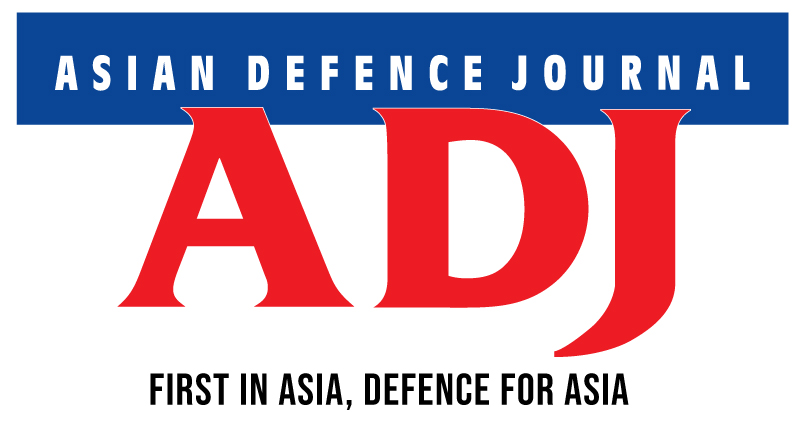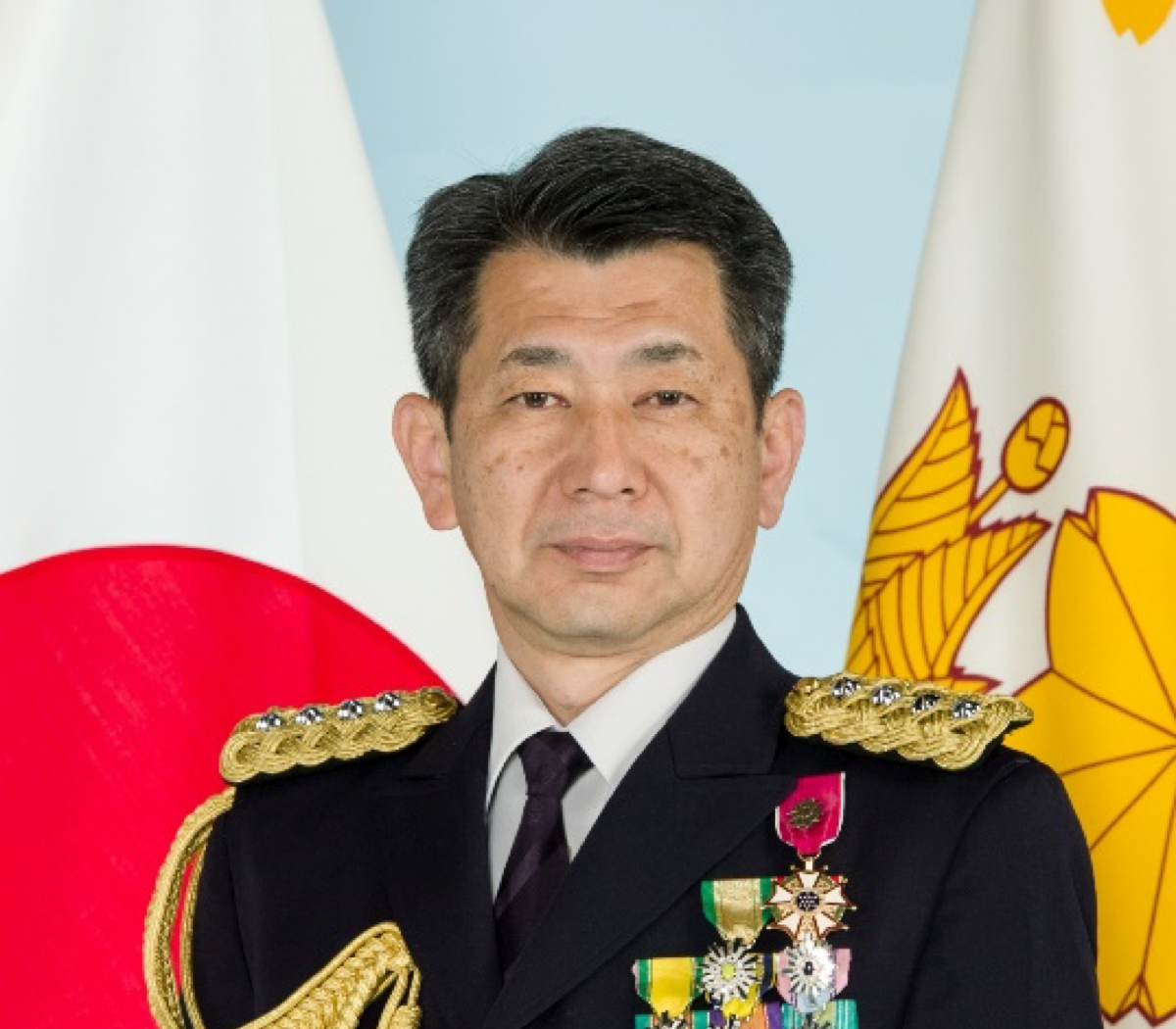General Yasunori Morishita, Chief of Staff, Japan Ground Self-Defense Force
THE Japan Ground Self-Defense Force’s Chief of Staff, General Yasunori Morishita, recently spent some time enlightening the Asian Defence Journal on related matters.
ADJ: How has the JGSDF adapted to the challenging security situations in Japan’s immediate vicinity particularly with North Korea, Russia and/or China?
CS:The international community is facing its greatest challenge since the end of WWII and has entered a new era of crisis. Japan recognises that it remains facing the most severe and complex security environment, with China’s expanded and intensified military activities, North Korea’s buildup of its nuclear and missile capabilities, Russia’s continued military activities amid its invasion of Ukraine, and the destabilisation of the situation in the Middle East.
In such a security environment, the Japan Ground Self-Defense Force will, based on the “Defense Buildup Program,” in 2022 improve the readiness of its units to respond to various contingencies, and steadily advance efforts to fundamentally reinforce its defence capabilities.
ADJ: What are the JGSDF’s priorities in the southwestern theatre of operations, particularly the hotspots surrounding Taiwan?
CS: The Japan Ground Self-Defense Force is strengthening its land defence system, including the southwestern region, in order to defend Japan’s territory. To this end, based on the Defense Buildup Plan, we are working to strengthen the seven functions and capabilities that the Ministry of Defense and the Self-Defense Forces place importance on: stand-off defence capabilities, integrated air and missile defence capabilities, unmanned defence capabilities, cross domain operational capabilities, command and control/intelligence-related functions, mobile deployment capabilities/civil protection, and sustainability/resiliency.
ADJ: With Southeast Asia being caught in the superpower tug of war, how will the JGSDF continue to strengthen relationships with ASEAN partners such as the Philippines or others in the region?
CS: Based on the rule of law, Japan and ASEAN are sharing the future vision of the Indo-Pacific region, enjoying peace, stability and prosperity, and working together with ASEAN is extremely significant to realise a “Free and Open Indo-Pacific.” We intend to proactively promote multilateral and multilayered defence cooperation and exchanges taking into account the characteristics of the region as well as the situation of each country, and to contribute to peace and stability in the region.
ADJ: How does the JGSDF look to expand its role beyond the region and collaborate further with global partners?
CS: Now, no nation can protect its own safety alone. While challenging the existing international order, it is indispensable for our nation to deepen cooperation and collaboration with our ally and like-minded nations, sharing universal values and strategic interests.
We intend to build a land power network while placing the Japan-US Alliance as the key pillar of its security, proactively promote multilateral and multilayered defence cooperation and exchanges taking into account the characteristics of the region as well as situation of each country, and to contribute to realising a “Free and Open Indo-Pacific.
ADJ: Being participants in several United Nations peacekeeping missions, does the JGSDF hope to increase its participation in other UN missions across the globe?
CS: JGSDF is currently focusing on four areas to contribute to the improvement of the international security environment.
Firstly, the deployment of personnel to UN Peacekeeping operations. JGSDF has dispatched staff officers to UNMISS Headquarters, contributing to peace and stability in South Sudan. Secondly, in the framework of the UN Triangular Partnership Programme (UNTPP), JGSDF has dispatched instructors to Asian and African countries to contribute to capacity building in the field of engineering and medical. Thirdly, JGSDF has dispatched staff officers to the UN Headquarters in New York to contribute to the formulation of UN Peacekeeping missions’ policy, etc. Fourthly, as a contribution in the intellectual field, JGSDF has contributed to the revision of the UN Military Engineer unit Manual as a chairing country.
At present, there are no specific UN Peacekeeping missions other than UNMISS for which deployment has been decided. However, JGSDF is preparing to promptly dispatch troops and other personnel to UN Peacekeeping operations based on requests from UN Headquarters. JGSDF also intends to actively contribute to various UN initiatives.
ADJ: What are some of the JGSDF’s doctrine/policy changes influenced by the recent conflicts in Ukraine as well as the Middle East?
CS: In the current invasion of Ukraine, new technologies such as AI, drones, space, cyberspace and electromagnetic domains are being utilised, and we are therefore seeking to fundamentally reinforce our land defence capabilities based on lessons learned in these domains.
ADJ: It was reported that the JGSDF will also acquire more Type 10 main battle tanks and the Type 19 155mm self-propelled howitzers this year and more in the pipeline. Can you tell us more about the requirements for these new assets in the force’s present doctrine?
CS: In Ukraine, its universality was confirmed through many scenes, such as the fact that the anti-armour fire power like the Javelin and others effectively contributed to preventing the advance of the Russian Army in urban warfare in the early stage of combat, the operational scenery similar to that of trench warfare during the First World War, and the operational transition emphasising the securing of areas in the army. I recognise that tanks and artillery will continue to be necessary equipment for the JGSDF to defend Japan. I believe it is necessary to conduct effective operations by combining such equipment with new equipment.
ADJ: How is the JGSDF looking to incorporate the latest in unmanned technologies to support operations while recruiting numbers fall behind due to declining birth rates?
CS: In order to maintain and strengthen our defence capabilities amid the continuing decline in Japan’s population, we recognise that it is essential to make the most of advanced technologies and systems, such as Artificial Intelligence (AI) technology and unmanned technology.
For example, in order to reduce the number of personnel engaged in staff activities that support the decision-making of commanders, we plan to focus on the use of AI in areas such as target detection and identification, information collection and analysis, and command and control.
ADJ: What are some of the JGSDF’s upcoming bilateral and multilateral exercises?
CS: A total of seven bilateral exercises are scheduled to be conducted this fiscal year, including “Orient Shield” and “Rising Thunder” with the US Army, “Resolute Dragon” and “Iron Fist” with the US Marine Corps, “Brunei Takamori” with the French Army, “Vigilant Islands” with the British Army, and “Dharma Guardian” with the Indian Army.
We will conduct or participate in a total of six multilateral exercises. For example, the Japan-US-Australia Trilateral Command Post Exercise hosted by the GSDF, “Super Garuda Shield” with the US and Indonesian armies, “Kaman Dag” with the US and Philippine marine corps, and “Southern Jackaroo” with the US and Australian armies.
ADJ: With various exercises with several partners including the UK in recent months, can you elaborate on other efforts the JGSDF has implemented to strengthen its warfighting capabilities?
CS: In order to strengthen the ability of the Japan-US Alliance to deter and counter threats, which is essential for Japan’s security, and to strengthen cooperation with like-minded countries, we have been enhancing our land forces capability through various exercises in Japan and overseas.
Therefore, each unit including the regional Army conducts a wide variety of training on a daily basis. The training planned by the Ground Staff Office includes the Hokkaido Training Center (HTC) with “Force on Force” exercises and the Fuji Training Center (FTC), which train command post and field activities of troops such as companies and regiments under a practical environment, as well as practical training for each area unit that contributes to improving various response capabilities. In the fiscal year of 2024, the JGSDF EXERCISE 2024 was conducted as a field exercise in which all GSDF units participated.
In addition, the GSDF strengthened its capabilities to respond to various contingencies with the other Self Defense Force (SDF) components through the JSDF JOINT EXERCISE, and also, participated in the Joint Disaster Prevention Exercises, which also train joint operations of the SDF.
ADJ: As part of the “Quad” grouping comprising Japan, the US, India and Australia, what are the JGSDF’s plans to enhance interoperability with partner forces?
CS: From the perspective of deterring unilateral attempts to change the status quo, it is important for the Ministry of Defense/Self-Defense Forces to cooperate with the US, Australia, and India, which are democratic partners with a shared vision. Based on this idea, JGSDF sets goals to overcome common challenges and flesh out necessary initiatives through various exercises, after sharing recognition of the current situation through high-level exchanges and staff talks. In concrete terms, we are strengthening partnership among the four countries through mutual dispatch of observers to various exercises such as bilateral exercises with the US, Australia, and India and the such measures as bilateral exercises as bilateral exercises and the Japan-US-Australia Trilateral Command Post Exercises conducted by the JGSDF.
ADJ: What are your aspirations for the JGSDF?
CS: In 2025, the third year of the Defense Buildup Plan, the JGSDF will steadily advance efforts to improve the readiness to respond to various contingencies and other issues, as well as to fundamentally reinforce its defence capabilities. In order to realise a ground defence force that can accomplish its mission in the future, it is necessary to make a major shift in various efforts, including the fundamental reinforcement of the human resources base, as a watershed in securing human resources. Recognising that the core element of ground defence forces is “personnel”, the JGSDF will work together to create an environment in which each and every member can work comfortably and with a sense of fulfillment, so that they can devote themselves to their duties with high morale, and will strive to become an attractive and desirable JGSDF.


